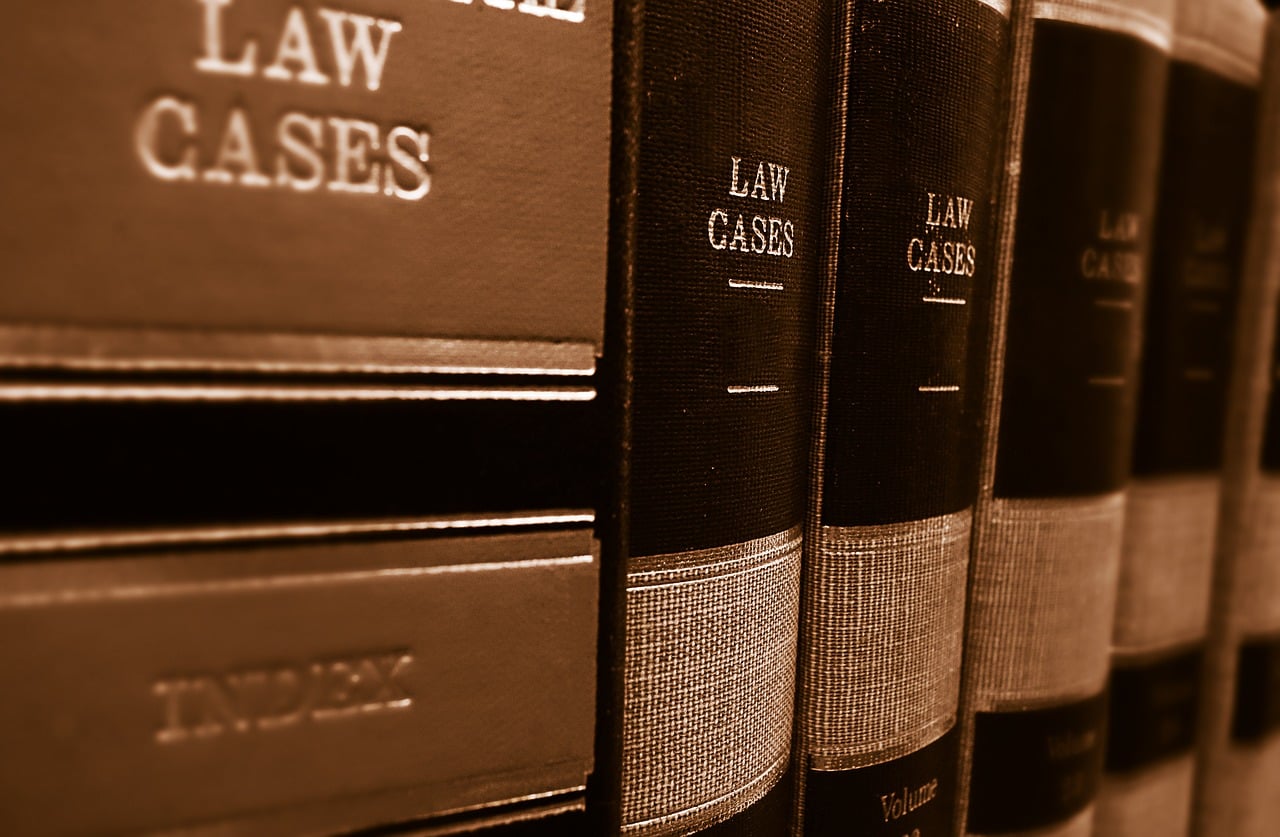The answer to this question is simple. The Patent Act, which could also be referred to as 35 U.S.C. § 1-390, is the portion of the Federal Code that governs the patent application and issuing process as well as establishes the authority of the United States Patent and Trademark Office (USPTO). However, do not allow the simplicity of this answer fool you. The meaning behind terms such as “patent application and issuing process” is often associated with one of the most complex areas of law within our legal system, which is why the services of a patent attorney are usually needed throughout the patent application process.
35 U.S.C. is divided into five parts that codify the rules of the patent system, the protections that patents provide by law, and the laws that establish the scope of the USPTO’s authority. The different parts of the Patent Act and their titles are listed below:
[REITs]Q3 hedge fund letters, conference, scoops etc
- Part I- United States Patent and Trademark Office
- Part II- Patentability of Inventions and Grants of Patents
- Part III- Patents and Protection of Patent Rights
- Part IV- Patent Cooperation Treaty
- Part V- The Hague Agreement Concerning International Registration of Industrial Designs
The United States Patent and Trademark Office
The United States Patent and Trademark Office was created by statute, and the functions and authority of the of the USPTO are outlined under 35 U.S.C. § 1-2. Moreover, 35 U.S.C. § 2-13 outlines the various elements and tasks the USPTO is charged with such as: establishing a library for patent officers to use, establishing a patent trial and appeals board, and preparing an annual report for congress at the end of every fiscal year. In addition, part one of 35 U.S.C. codifies how patent proceedings are conducted, the legal procedures involved in a patent proceeding, and financial aspects of the USPTO such as fees.
Patentability of Inventions and Grants of Patents
What types of inventions are patentable? This is probably one of the most common questions asked by new inventors, and the answer is addressed in part two of the Patent Act. This section of 35 U.S.C. establishes the standards for the type of inventions that are eligible for a patent, the process that inventors must go through in order to be granted a patent, and the patent issuing process to name a few. These laws are interpreted by the USPTO to make the rules and regulations of the American patent system.
Patents and Protection of Patent Rights
You normally hear about patent cases when a party has infringed on a patent holder’s property rights. These cases are normally lengthy and expensive court battles with high stakes such when Samsung was ordered to pay Apple $539 million dollars for patent infringement in 2018. This case and others demonstrate why part three of 35 U.S.C. is so important.
A patent would be useless if the patent holder had no recourse against a party who infringes on their patent. 35 U.S.C. §271-273 defines what actions qualify as patent infringement, and 35 U.S.C. §281-299 establishes the legal remedies that can be utilized by patent holders to recoup damages from patent infringers. Moreover, part three of 35 U.S.C. also addresses matters such as patent corrections, patent reviews, and various aspects of patent ownership to name a few.





